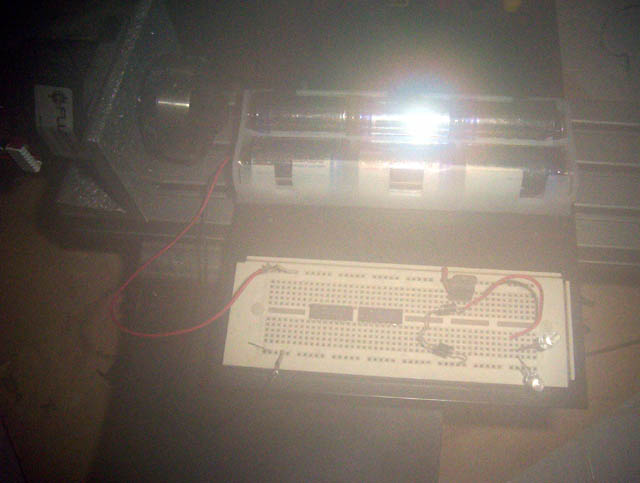The 100ma should be the rated output of the wall wart. Your 6V battery bank voltage will change, but if it is within the tolerances of the device, it should work. If not you could rig a circuit with a voltage regulator, either an adjustable one, or a 7805 voltage regulator with a diode between the middle leg and ground to raise the voltage by the equivelant of the diode voltage drop which should put you into a workable range. If I recall correctly the case of a 7805 regulator in most packages is usually tied to that leg, so don't ground it or you'll just get 5 volts out of it. Rig a piece of aluminum to the case to cool the regulator so that it won't over heat, although at less than 100 ma that shouldn't be a problem for the common t220 variety.

On the right side of the breadboard I was playing around with a 7805 regulator and rigged a couple of diodes across and I think it put out something like 6.2 volts or so. The left pin is tied to the source, the middle pin is connected across the two diodes in series so that the will conduct to ground, and the third pin is the output to the device you want to power. In the case above a couple of white LED's are hooked in series. (LED's are better regulated by controlling the current the above was just a test of output voltage of the regulator) Rich